
Efficiency, functionality and confidence find a common ground in Honda’s fourth-generation ‘Super’ CR-V. We drove it in India for the first time.
The Honda CR-V has always been a road-focused soft-roader. In other words, it is a roomy sedan with a lot of luggage space and high ground clearance. There was nothing quite like it in the Indian automobile market when Honda first launched it back in 2003. They sold good numbers (13,739 to date) and kept their offering fresh by revamping it in 2006. However, in the last decade, there have been many more additions to this segment in the market. The CR-V had no less than 11 competitors at the last count and it was neither the biggest nor the most powerful one and, being a CBU import from Japan, certainly not the cheapest of the lot either. To cut a long story short, the CR-V did not enjoy a clear advantage any longer.
Honda hope to change that with the fourth-generation CR-V that was launched in India last month. The 2013 CR-V can be easily recognised as a successor of the outgoing model. It is based on the same platform and the design is evolutionary. The front end has Honda’s current family look resembling a bird’s spread wings which appears imposing and sharp. The top two variants get HID headlamps with lens washers and chrome finish door handles. Electric sunroof has also been added and the 17-inch alloys wheels have 10 spokes.
If you think the new CR-V is taller and longer, then you are right and wrong, respectively. It has the same ground clearance as the older model, but the roof height has been increased so the cabin feels more spacious and has more headroom. However, Honda have shortened the overall length. The perceived increase in length is due to the larger, triangular design of the third section of the windows and the pulled-back tail-gate inspired by Volvo’s XC 60 SUV with the shape of the tail-lamps confirming this notion. Also, it is not the only feature that looks inspired. The shark-fin antenna near the rear end of the roof has been a BMW characteristic for quite some time.
The new CR-V gets five colour options and two accessory packages, named ‘Inspire’ and ‘Elegance’. The cabin has leather upholstery with beige coloured seats while the gear-shift lever and steering wheel are in black coloured hides. The rest of the interior is in shades of grey. Honda have designed the fascia with a minimalistic approach as there are very few buttons, which looks tidy. It has a six-inch touch-screen on the fascia for the music system while the top variant of the car also has a GPS system featuring Navtech maps backed by voice-guided navigation and Bluetooth connectivity for music player and phone, both of which are also displayed on the screen. There is a secondary screen located in the centre of the dashboard. This five-inch TFT screen displays other information such as audio, real time fuel consumption, rear-view camera feed and a clock. The steering wheel has a dedicated button for this screen along with the ones for the primary screen and cruise control. The information panel has a digital pod in the centre of the large, analogue tachometer and it displays the odometer, trip meter, range, real-time and average fuel economy along with ambient temperature. The analogue fuel gauge and engine temperature gauge are located on the right of the tachometer while on its left are all the standard indicators and lights along with the gear indicator in the automatic variants. Controls for the electric ORVM and windows are on the driver’s door. The gear-shift lever is part of the fascia, which leaves an empty space between the front seats. Honda have provided a 12-volt charging point and three cup-holders here. There is also a deep pocket below the armrest between the front seats which has one more mobile charger and a USB port. The rear seat armrest is collapsible and has two cup-holders. The car has many pockets and cubbyholes, which are useful for storing small items and bottles.
The CR-V has a seating capacity of five and the driver’s seat is eight-way adjustable. The front seat-belts are adjustable for height and the steering wheel has telescopic and tilt movements. This ensures comfortable seating in the front and both the rows have great leg space too, but the seats don’t have adequate under-thigh support. However, the best feature about the seats is that the second row back-rest collapses automatically when you pull on the levers located in the luggage area behind. What’s more, the rear bench is split in a 1:2 ratio, so you can either collapse the wider or the narrower section of the back-rest or both together. This enhances the luggage space substantially and it must be mentioned that it is big enough even without folding the second row of seats.
Coming to the options under the bonnet, the fourth-generation CR-V has the same two in-line four petrol engine seen in the previous model. However, both the engines are now in a higher state of tune. The 2.0-litre engine has a power output of 156 PS at 6,500 revolutions per minute and peak torque of 190 Nm at 4,300 RPM. There is an option between a six-speed manual transmission, which is the base variant and a five-speed automatic. Both the variants with this engine are front-wheel driven while the other two ones are powered by the 2.4-litre i-VTEC mill featuring Honda’s adaptive all-wheel-drive system that powers the front wheels when there is enough traction, but switches to the 4×4 mode automatically in sticky situations. This 2.4-litre engine produces 190 PS of power at 7,000 RPM and 226 Nm of torque at 4,400 RPM.
Efficiency is one of the key areas Honda have focused on while making the new CR-V. The company claims a fuel efficiency of 13.7 km/l from the 2.0-litre engine and 12 km/l from the bigger one, irrespective of the transmission. However, during our drive we noticed that the 2.0-litre engine returned a fuel efficiency of about 10.5 km/l while the 2.4-litre gave us around nine km/l. But then, we weren’t exactly driving it efficiently on the wide open highway of Rajasthan, so wait for a full road test for the actual figures. The car also comes with an ECO mode where the engine mapping changes to improve efficiency.
The 2.4-litre engine certainly feels powerful, but the response from the auto transmission isn’t very prompt. The auto box also features a sport mode, indicated by an ‘S’ near its slot of the shifter. In the sport mode, the engine revs till 7,000 RPM before shifting up and if that is not enough, you have the paddle-shifters behind the steering wheel for manual control over the shifts and for engine braking. The manual transmission has the advantage of an overdrive gear and the power delivery is linear, but shifts times are slow and it feels sluggish throughout the range.
The folk from Honda had stressed the improvement in ride quality and NVH levels during the product presentation. So we were quite surprised to find that the ride was bumpier compared to the older model’s and tyre noise could be heard distinctly inside the cabin. However, when we switched to the car with manual transmission, the ride quality was certainly better. There is a chance that the cars we drove were pre-production roll-outs and that the issue will be resolved in series production. So at present we have a hung jury over the issue.
The car feels composed even at speeds in excess of 150 km/h and is packed with safety features like ABS with EBD, G-CON, ACE body structure, six airbags, motion adaptive EPS, stability assist and hill climb assist that are standard across the range. The electric power steering is a shift from the hydraulic one used in the previous model and it is light and responsive. The CR-V has sedan-like handling that allows high-speed lane changes swiftly and there is little body-roll, which is unavoidable in a vehicle with that structure. The disc brakes on all four wheels provide good stopping power and it also has a foot operated parking brake.
The new CR-V is a substantial upgrade over the previous model and Honda have managed to excel yet again. Going further, they also focused on the pricing part. The fourth-generation CR-V is assembled at Honda’s Greater Noida plant in Uttar Pradesh, which has enabled them to price it in the range of Rs 26.08-31.07 lakh (OTR Pune).
Photography: Sanjay Raikar


















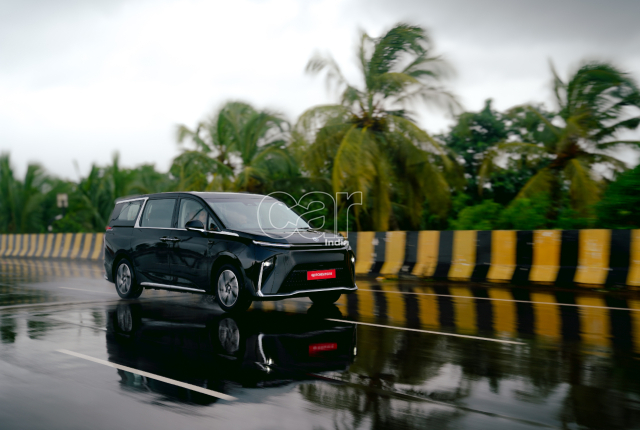
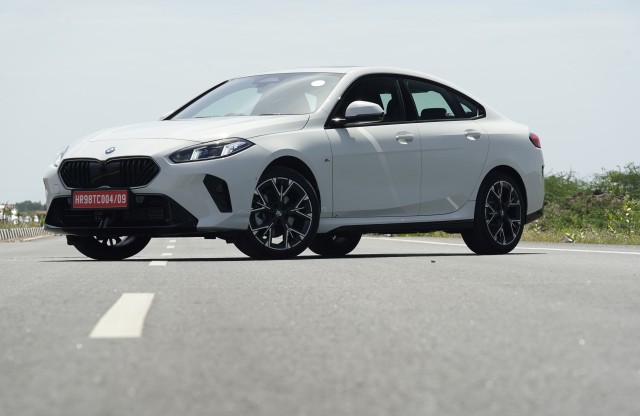
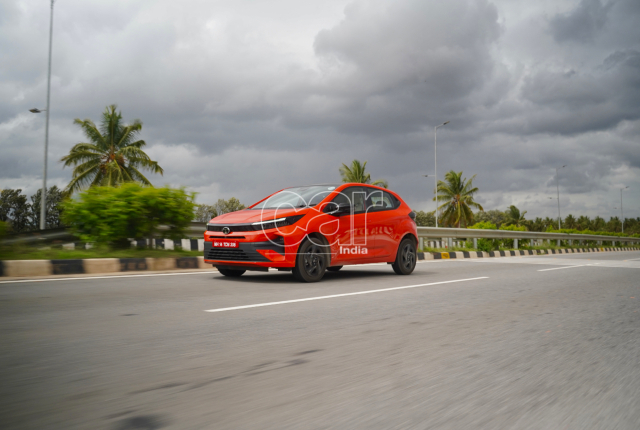
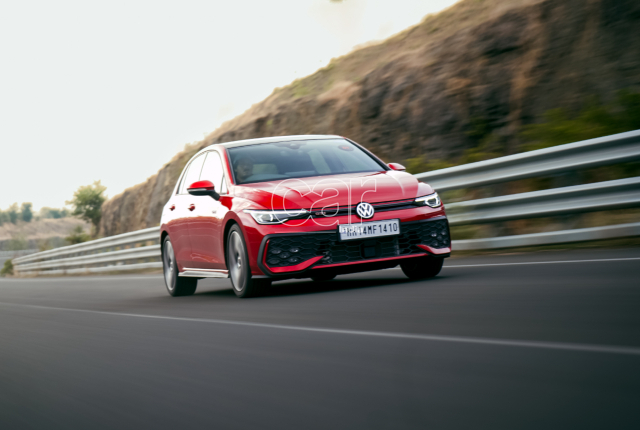
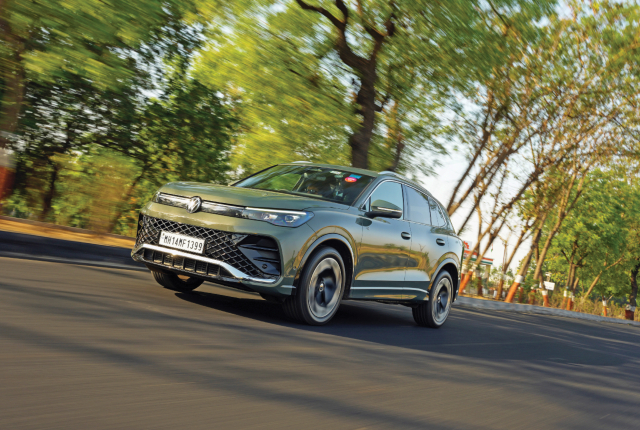




Leave a Reply